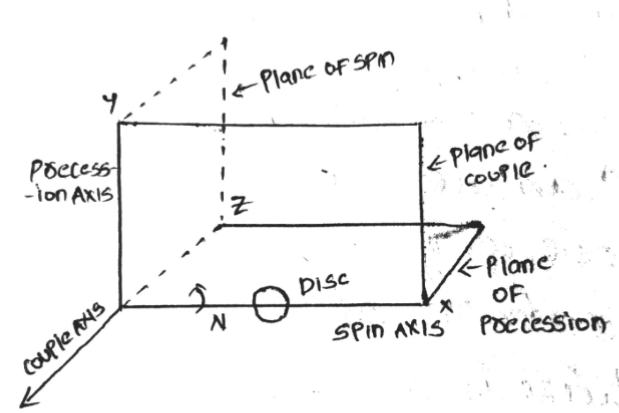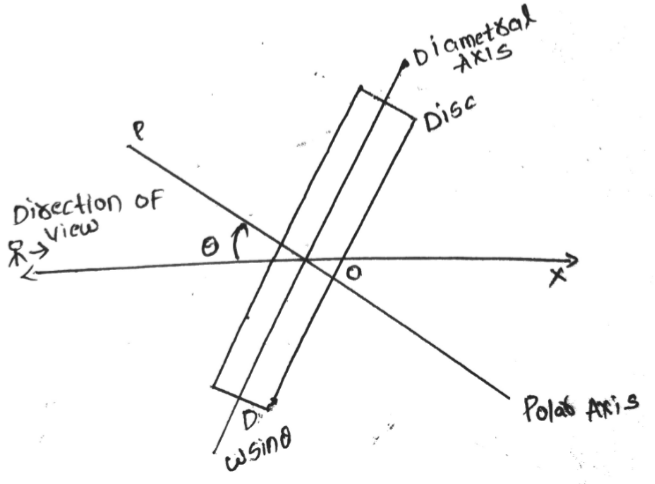PSI and PSIG are both units of measurement for pressure, but they are not the same thing.
PSI stands for Pounds per Square Inch and is a unit of pressure that is defined as the force exerted per unit area. It is a gauge pressure, which means that it is measured relative to the atmospheric pressure.
PSIG stands for Pounds per Square Inch Gauge and is also a unit of pressure that is defined as the force exerted per unit area, measured relative to the atmospheric pressure.
What is PSI?
PSI stands for Pounds per Square Inch and is a unit of pressure that is defined as the force exerted per unit area. It is a unit of pressure that expresses the amount of force that is exerted on a surface area of one square inch.
For example, if a force of one pound is exerted on an area of one square inch, the pressure is said to be one PSI. The PSI unit can be used to measure a variety of pressures, such as gauge pressure, absolute pressure, and vacuum pressure.
In gauge pressure, the pressure is measured relative to the atmospheric pressure. The PSI unit is commonly used to measure the pressure of gases and liquids in systems that are open to the atmosphere. For example, the pressure of air in a tire is typically measured in PSI.
In absolute pressure, the pressure is measured relative to a perfect vacuum. Absolute pressure is often used to measure the pressure of gases and liquids in sealed systems, such as boilers, compressors, and other process equipment.
In vacuum pressure, the pressure is measured relative to the atmospheric pressure and is lower than it. In vacuum pressure, the PSI unit is used to measure the amount of suction or negative pressure in a system. It is commonly used in applications such as vacuum packaging, vacuum pumps, and vacuum sealing.
In addition to these applications, PSI is also used in many other industries such as oil and gas, chemical processing, power generation, food and beverage, pharmaceuticals and many more. It is also used in HVAC systems to measure the pressure of refrigerants and coolants, and in the automotive industry to measure the pressure of fuel and oil.
It’s worth noting that PSI is widely used in the US and UK, but other units such as the bar and kPa are also used in other parts of the world. It’s important to make sure that the correct unit is used when measuring pressure in different applications and industries.
Explain PSIG?
PSIG stands for Pounds per Square Inch Gauge and is a unit of pressure that is defined as the force exerted per unit area, measured relative to the atmospheric pressure. It is a measure of gauge pressure, which means that it is measured relative to the atmospheric pressure.
In other words, PSIG measures the pressure above atmospheric pressure. For example, if the pressure inside a sealed system is 15 PSIG, it means that the pressure inside the system is 15 pounds per square inch higher than the atmospheric pressure.
PSIG is commonly used in many industrial applications such as in boilers, compressors, and other process equipment. It is also used in HVAC systems to measure the pressure of refrigerants and coolants, and in the automotive industry to measure the pressure of fuel and oil.
It’s worth noting that PSIG is mostly used in the US and related to atmospheric pressure, while other units such as the bar and kPa are used in Europe and other parts of the world. It’s important to make sure that the correct unit is used when measuring pressure in different applications and industries.
It’s also important to note that when you want to measure the gauge pressure in a closed system, you need to use PSIG and if you want to measure the pressure above or below the atmospheric pressure in a closed system you should use PSI.
Here are a few key differences between PSI and PSIG:
- PSI is a unit of pressure that can be used to measure gauge pressure, absolute pressure, or vacuum pressure, while PSIG specifically refers to gauge pressure.
- PSI is a unit of pressure that can be used in both the US and the UK, while PSIG is mostly used in the US.
- PSI is used in a variety of applications, such as measuring tire pressure, air pressure in pneumatic systems, and water pressure in plumbing systems, while PSIG is used to measure pressure in sealed systems such as boilers, compressors, and other process equipment.
- PSI and PSIG are both related to atmospheric pressure and can be converted into each other by using a simple equation.
- PSI is an absolute pressure unit and PSIG is a gauge pressure unit, and when you are measuring pressure in a closed system PSI is the pressure above or below the atmospheric pressure while PSIG is the pressure above the atmospheric pressure.
- PSI is commonly used in the US, while PSI and Bar (unit) are used in Europe and other parts of the world.
In summary, PSI is a unit of pressure that can be used to measure gauge pressure, absolute pressure, or vacuum pressure, while PSIG specifically refers to gauge pressure. Both units are used to measure pressure in various applications, but they are used differently in different regions and industries.

